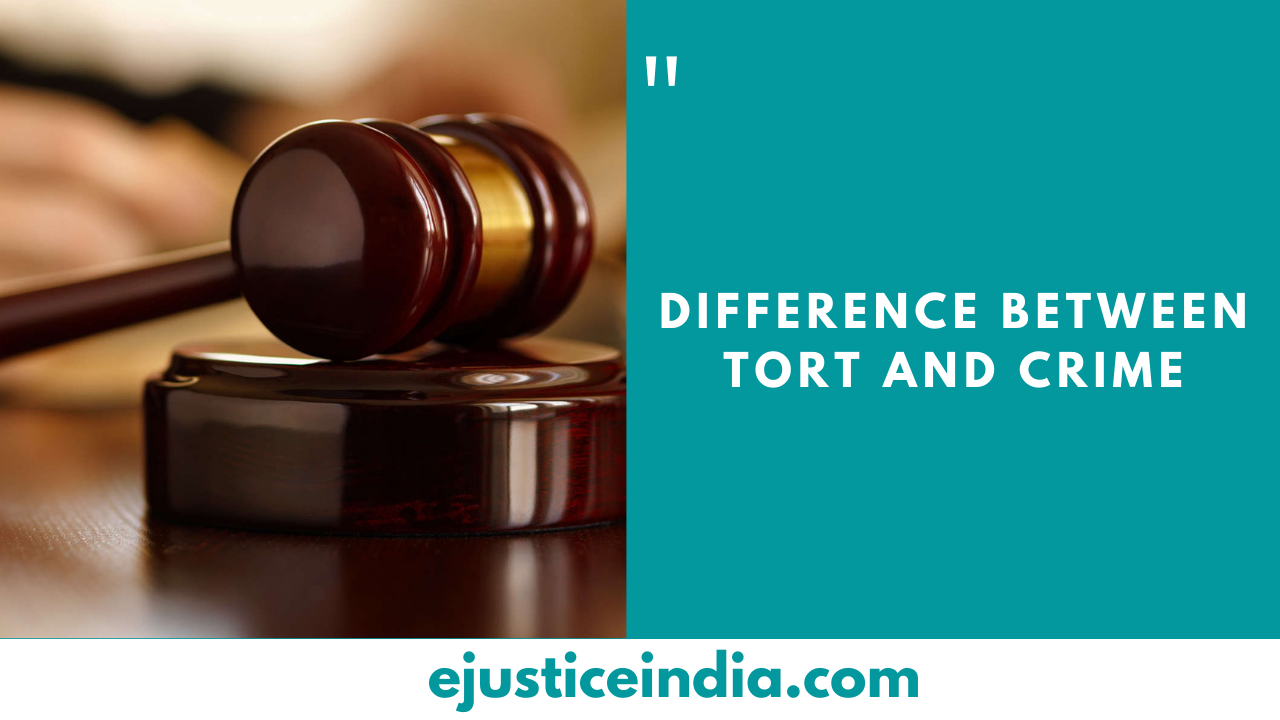EVIDENTIARY VALUE OF F.I.R
AUTHOR : LIPI SHARMA
INTRODUCTION
Before getting to the core discussion of the article it’s important to say that procedural laws in India is one among the foremost interesting topics which ultimately supports the substantive a part of law in its true implementation.
The overall principle, is that a FIR can’t be depended upon a substantive piece of evidence. The article discusses the overall principle, along side exceptions thereto.
What is a FIR ?
An FIR is that the first mechanism which initiates criminal proceedings to punish the offender. However section 154 of the criminal procedure code states about information on cognizable offence while section 155(2) talks about information in reference to non-cognizable offence.
However thus FIR has been segregated in to 2 parts:
- FIR just in case of cognizable offence
- FIR just in case of Non- Cognizable offence
Stages
The criminal procedure code, 1973 have secluded the stages of criminal proceeding in to four parts:
- Investigation
- Inquiry
- Trial
- Judgment
Evidentiary value of a primary Information Report
The statements committed to the police are divided in three categories-
- A press release which has been recorded as an First Information Report (herein after mentioned as FIR)
- statement recorded by the police within the course of investigation
- A statement recorded by the police but not falling under the above (a) and (b) category.
None of the above statements are often considered as substantive evidence, that’s to mention, as evidence of facts stated therein.
Because it’s not made during trial, it’s not given on oath, neither is it tested by cross- examination. If the person making any such statement to the police subsequently appears and provides evidence in court at the time of trial, his former statement could , however be wont to corroborate or to contradict his testimony consistent with the provisions of the Evidence Act, 1872.
Section 157 of the Evidence Act is as stated below:
“In order to corroborate the testimony of a witness, any former statement made by such a witness concerning an equivalent fact, at or about the time when the offence happened, or before any authority legally competent to research the very fact could also be proved.”
Further, Section 145 of the Evidence Act provides:
“A witness could also be investigated on previous statements made by him in writing or reduced into writing, and pertinent to matters in question, without such writing being shown to him, or being proved; but if it’s intended to contradict him by the writing, his attention must, before writing are often proved, be called to those parts of it which are to be used for the aim of contradicting him.”
These normal rules of creating previous statements are substantially modified in respect of statements falling under category (b) above. Further, it’s going to be noted that if any statement made to a police amounts to a confession, such a confession can’t be proved against an individual accused of any offence. However, this bar on proof of confession made to a policeman is partially lifted by
Section 27 of the Evidence Act which provides:
“When any fact is deposed to as discovered in consequence of data received from an individual accused of any offence, within the custody of a policeman , such a lot of such information, whether it amounts to a confession or not, as relates distinctly to the very fact thereby discovered, could also be proved.”
The FIR isn’t substantive evidence, but it is often wont to corroborate the informant under Section 157 of the Evidence Act, or to contradict him under Section 145 of the Act, if the informant is named as a witness at the time of trial. Obviously, the FIR can’t be used for the needs of corroborating or contradicting any witness aside from the one lodging the FIR.
The FIR can have better corroborative value if it’s recorded before there’s time and opportunity to decorate or before the informant’s memory fails. Undue or unreasonable delay in lodging the FIR therefore, inevitably gives rise to suspicion which puts the court on one’s guard to seem for the possible motive and therefore the explanation and considerance of effect on the reliableness or otherwise of the prosecution version.
The very fact that the FIR doesn’t contain the names of the accused or of the eyewitnesses is generally a crucial circumstance, but the omission loses its significance if the FIR is from an individual aside from an eyewitness. If the FIR is given to the police by the accused himself, it cannot possibly be used either for corroboration or contradiction because the accused can’t be a prosecution witness, and the accused would very hardly offer himself to be a defense provided under section 315 of the code.
Moreover, if the FIR is of a confessional nature it can’t be proved against the accused informant, because consistent with Section 25 of the Evidence Act, no confession made to a policeman are often proved as against an individual accused of any offence.
But it’d become relevant under section 8 of the Evidence Act on his conduct. If FIR given by thee accused person is non- confessional, it’s going to be admissible conspicuous against the accused as an admission under section 21 of the Evidence Act, or again, as showing his behavior in section 8 of the Evidence Act.
CASE LAWS
Pandurang and others VS State of Maharashtra, 1998.
It was held that first information report isn’t a substantive piece of evidence and it are often used only to discredit the testimony of the maker thereof and it can’t be utilized for contradicting or discrediting the testimony of other witnesses.
Macchi Singh VS state of Punjab , 1983
The order of conviction (passed by the Sessions Court and affirmed by the High Court) is inter-alia supported the dying declaration of Mukhtiar Singh. He was fired at and injured soon after midnight within the early morning of August.
The Supreme Court had no reason to afflict the view of the Sessions Court and therefore the supreme court that their evidence is reliable. there’s no substance within the argument that the culprits couldn’t are identified because the light shed by the lantern wasn’t capable enable identification. The detecting of guilt is thus entirely supported by evidence. The Supreme Court accordingly confirmed an equivalent unhesitatingly.
D.K Basu VS State of Bengal, 1997
The court laid down specific basic “requirements” to be followed fully cases of arrest or detention till legal provisions are made therein behalf as a measure to stop custodial violence.
CONCLUSION
FIR is a crucial report and if duly recorded provides a valuable evidence. it’s a valuable piece of evidence in any criminal trial either for evidence or for contradicting witnesses, FIR are often wont to corroborate the Informant under S. 157 of Indian Evidence Act, 1872, or contradict the witness under S. 145 of an equivalent Act if the informant is named as a witness within the trial.
Therefore, it becomes necessary that such report be recorded altogether circumstances especially where the person has come to the police headquarters to lodge an FIR against a specific crime.


